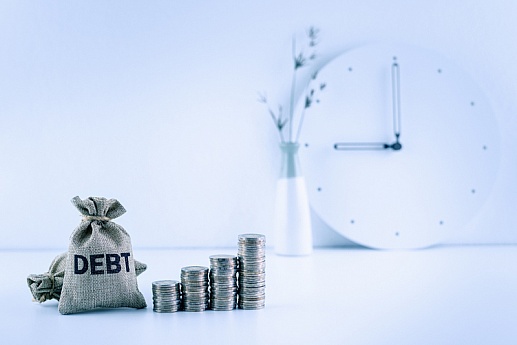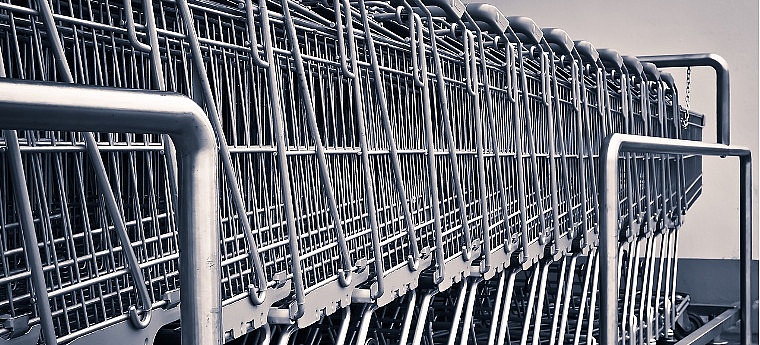CFPB Shifts Focus from Subprime Credit Cards
Biden’s recharged CFPB is all staffed up and ready to take on a new agenda. Only a few years ago, the agency had a laser focus on subprime credit cards. Now, the acting director, Dave Uejio, says that the main priorities are “consumers facing hardship due to COVID-19 and the related economic crisis, and racial equity.”
The new direction raises some major questions:
- Will consumers still have access to credit under the CFPB’s new lending restrictions?
- Will there be more or fewer options available?
- Will it be easier to qualify for a subprime credit card?
Find out below.
The CFPB’s History with Credit Cards

The CFPB was created in response to the financial crisis of 2007 and 2008. Their job is to make sure the economy doesn’t crash again. It’s an important endeavor, but the agency often has a focusing problem.
Back in 2016, the Consumer Financial Protection Bureau (CFPB) targeted subprime credit cards, checking to see if the industry required more regulation. The agency found that card issuers were mistreating consumers with a credit score less than 700. When receiving a credit card, these subprime borrowers would often see higher:
- sign-up fees
- monthly account fees
- interest rates
What’s worse is that these consumers would often fall into a debt trap and be unable to pay their interest off each month.
Many thought these findings would lead to significant regulations for credit card issuers. After all, the CFPB has jurisdiction over most of the financial sector, including payday lenders, student loan lenders, banks, mortgage-servicing operations, debt collectors, securities firms, and credit card companies.
However, despite the agency’s investigation into subprime credit cards, no new legislation was proposed. Why?
Well, that likely has to do with Trump.
While the agency was initially envisioned to run independently from White House oversite, the Supreme Court determined that the president must have the power to fire the head of the CFPB.
During the Trump years, the agency operated under the assumption that over-regulation can put companies out of business and lead to fewer options for the consumer. That’s likely why subprime credit cards were never reigned in, despite the agency’s earlier findings.
With Biden in charge, many thought the focus would go back to regulating lending companies. While that’s true, it looks like, at least for now, credit card issuers are safe.
What Are Subprime Credit Cards?

Subprime credit cards are credit cards used for borrowers with bad credit ratings. The interest rates on subprime credit cards are usually higher than traditional credit cards, and they incorporate other clauses made to reduce the lender’s risk.
There are several reasons why someone would be a subprime borrower, one of which being they filed for bankruptcy protection. Bankruptcy is recorded on the individual’s credit report and causes a decrease in their credit score. For that reason, subprime borrowers may not be eligible for traditional credit cards or even cheaper forms of financing, such as personal lines of credit. For these individuals, subprime credit cards may be the only available option.
Subprime credit cards are generally more restrictive than regular credit cards. This is so they can protect the lender against a risk of default that is typically associated with subprime borrowers. Another fact to know about subprime credit cards is that they come with higher interest rates and fees, with annual percentage rates (APRs) higher than 30% per year.
Are Subprime Credit Cards Bad?

First, let’s look at how many people actually use this type of credit card. According to FICO, the average U.S. credit score for consumers is 695. Since any score under 700 is considered subprime, the average score is subprime.
Now, many people with subprime credit can still get a regular credit card. But it might be more difficult. A recent report released by TransUnion showed that 16.5% of originations were subprime customers. Again, this doesn’t always translate to subprime credit cards, but clearly, there are people out there with lower credit scores. Without subprime credit cards, some of these people would be barred from making purchases that require a credit card (e.g., purchases made online).
They do tend to have a higher interest rate than regular credit cards. If misused, they can lead a borrower down a dangerous path. Like all high-risk loans, they can be useful if used right but detrimental to one’s finances if used incorrectly.
The right way seems simple enough: pay off the debt on the credit card as soon as possible. If you do this, you should avoid falling into a cycle of debt.
Some people are only just now recovering from the last financial crisis. They are easing back into the world of credit. Their scores are still low because of past mistakes, but they want to raise those scores.
If used properly, a subprime credit card can help boost a consumer’s credit rating and help them qualify for better credit in the future. This is a major reason why this credit source needs to stay available.
What the CFPB Should Do Next
For now, it looks like the CFPB has its hands full with financial issues related to COVID-19. However, if subprime credit cards make it back into the spotlight, we don’t want to see the CFPB shut down the industry. It might be good if they added regulations to help the consumer avoid unmanageable interest and fees, but they need to stop short of over-regulating the product.
Maybe the CFPB should start with the bad credit debit cards that are marketed as subprime credit cards. These debit cards help those with bad credit shop online. Some of these debit cards require a monthly fee of upwards of $15. That means you’re paying $15 a month just to have a debit card. You can’t actually use these to borrow money, and they usually don’t help improve your credit score.
If the agency insists on regulating credit cards for people with bad credit, they should work with the credit card issuers to ensure the regulations won’t put anyone out of business or block any consumers from the product.
A Case for Cash Advance Loans
If you need money fast and are considering a subprime credit card, you may have a better experience with a cash advance. Many of our lenders can transfer money to your account in as little as one business day. It might take you longer than that to find and receive a credit card.
If you’re in a hurry to get your money, you might be better served by a cash advance loan.
Don’t forget — the CFPB works for you. If you don’t want the government to take away your financial options, then be sure to let them know. You can contact your congressman today.





